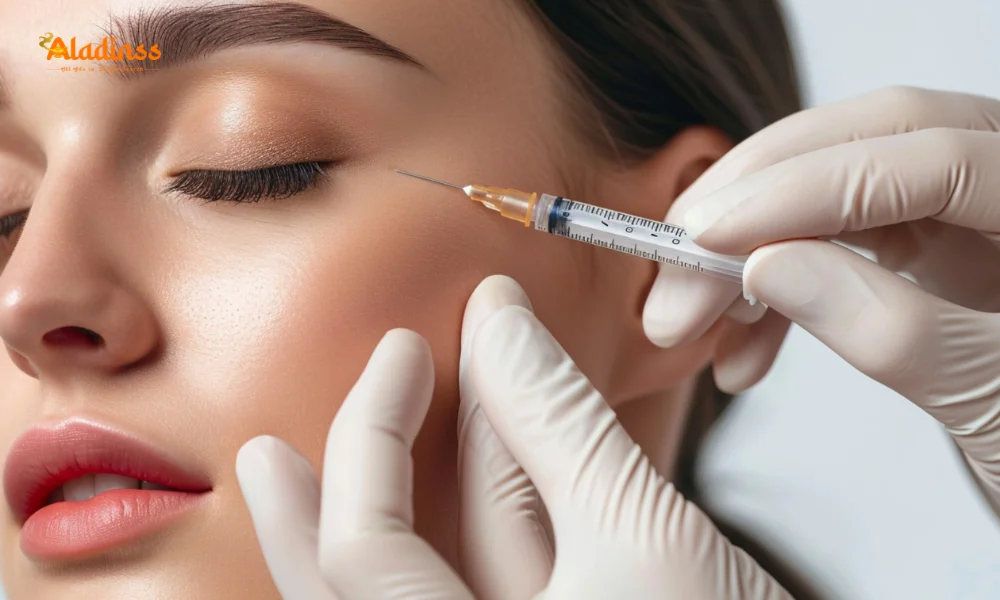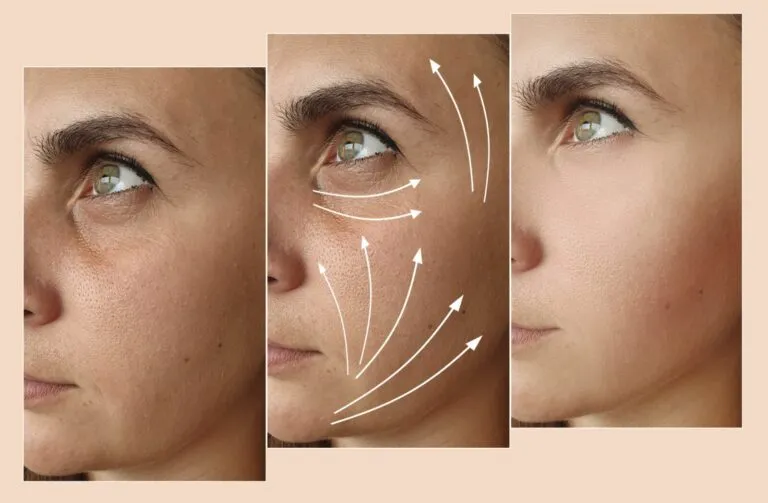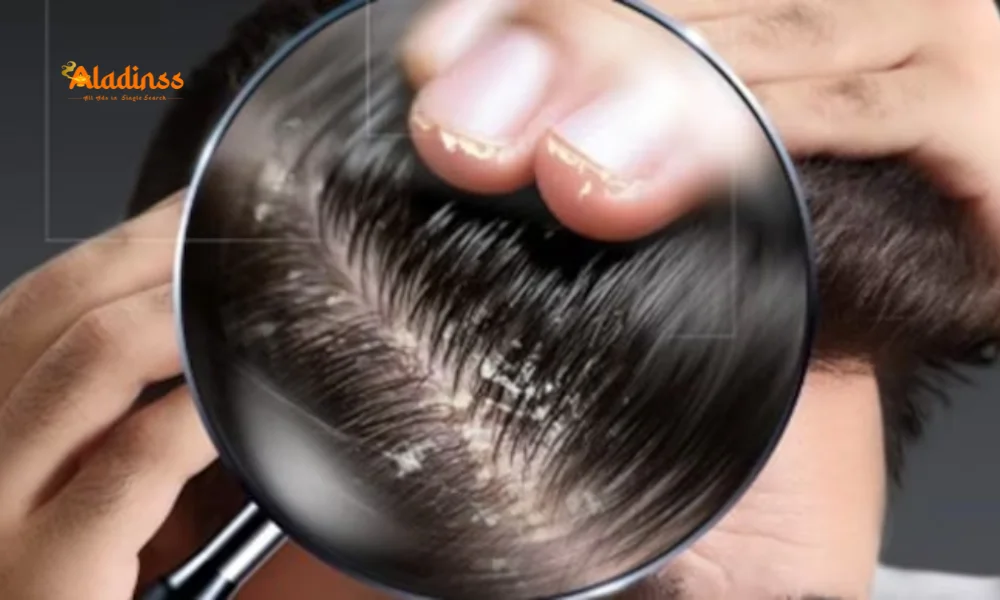Sculptra Treatment Explained: Why It’s 2025’s Hottest Anti-Aging Secret

Sculptra Sparks Buzz: The Secret to Youthful Skin Revealed
The beauty world is abuzz with whispers about Sculptra, a biostimulatory injectable making waves for its collagen-boosting powers. From celebrity clinics to social media, everyone’s talking about this decades-old treatment experiencing a renaissance. Unlike traditional fillers, Sculptra stimulates the body to produce its own collagen, offering a natural, long-lasting solution for aging skin. Dermatologists and aestheticians report a surge in demand, driven by its versatility and subtle results, making it a go-to for those seeking a youthful glow without the telltale signs of cosmetic intervention.
Originally FDA-approved for HIV-related facial lipoatrophy, Sculptra’s off-label uses have expanded to address wrinkles, volume loss, and even body contouring. From Hollywood A-listers to everyday beauty enthusiasts, the treatment’s ability to plump and tighten skin has fueled its resurgence. Social media, particularly posts from influencers like Khloé Kardashian, who used Sculptra to correct a facial indentation, has amplified its popularity, making it a hot topic in aesthetic circles.
What Is Sculptra and Why Is It Trending?
Sculptra, composed of poly-L-lactic acid, is a biostimulator that triggers the body’s natural collagen production. Unlike hyaluronic acid fillers, which provide instant volume, Sculptra works gradually by stimulating fibroblasts—cells responsible for producing Type I collagen, the skin’s primary structural component. “Sculptra is a game-changer because it encourages your body to rebuild its own collagen, creating a natural, long-lasting effect,” says Dr. Daniel Belkin, a New York City dermatologist who counts high-profile clients among his patients.
Initially developed to treat facial gauntness in HIV patients, Sculptra has evolved into a versatile aesthetic tool. Its ability to address volume loss, wrinkles, and skin laxity has made it a favorite among providers and patients alike. “I use Sculptra daily in my practice—it’s incredibly effective,” Dr. Belkin adds. The treatment’s resurgence is partly driven by social media, where patients share their results, and celebrities like Khloé Kardashian openly discuss its benefits, fueling curiosity and demand.

How Sculptra Works: The Science Behind the Buzz
Sculptra’s magic lies in its ability to initiate fibroplasia, a process that activates fibroblasts to produce Type I collagen, which makes up about 85% of the skin’s structure. This collagen provides rigidity, firmness, and elasticity, countering the natural decline that occurs with age. “Sculptra doesn’t just fill; it rebuilds the skin’s foundation,” explains Dr. Catherine Chang, a Los Angeles-based plastic surgeon. The result is a plumped, tightened appearance that can prevent the “peanut face” effect caused by volume loss in areas like the temples.
The treatment is administered as a powder mixed with sterile water, allowing doctors to adjust its concentration for specific needs. This flexibility has led to creative applications, from facial rejuvenation to body contouring. For example, Sculptra can smooth chest wrinkles, enhance the firmness of the buttocks, or even define the V-line of the face. “It’s elegant and subtle, blending seamlessly with your natural features,” says Vanessa Lee, RN, founder of The Things We Do med spa in Los Angeles.
Creative Uses of Sculptra: Beyond the Face
While Sculptra is FDA-approved for facial wrinkles and HIV-related lipoatrophy, its off-label uses have sparked excitement and debate. Providers are using it to address volume loss in areas like the chest, thighs, and buttocks, particularly for patients experiencing facial or body changes due to GLP-1 medications like Ozempic. “Sculptra is fantastic for the buttocks—it creates firmer, more structured skin,” says Dr. Belkin. This versatility has made it a popular choice for those seeking non-surgical body enhancements.
In facial applications, Sculptra is often used to strengthen skin before procedures like facelifts. “Surgeons may recommend Sculptra to thicken tissues and enhance skin scaffolding, improving surgical outcomes,” says Dr. Babak Azizzadeh, a facial plastic surgeon. However, these off-label uses, while legal when performed by licensed providers, lack FDA evaluation for safety and efficacy, prompting caution among some experts.
The Pros and Cons of Sculptra
Sculptra’s benefits are significant, but it’s not without drawbacks. Here’s a breakdown of its advantages and limitations:
- Pros: Stimulates natural collagen production, offering long-lasting results (up to two years). It’s versatile, suitable for face and body, and provides subtle, natural-looking enhancements.
- Cons: Results take three to four months to appear, requiring multiple sessions. It’s irreversible, unlike hyaluronic fillers, and carries a risk of nodules in sensitive areas like under the eyes.
Younger patients, typically under 50, tend to see better results due to more active fibroblasts. However, improper placement or overuse can lead to complications, such as scar-like collagen that may interfere with future surgeries. “Sculptra can create tissue similar to scar tissue, which can complicate facelifts,” warns Dr. Sean Alemi, a New York City facial plastic surgeon.
The Celebrity Connection and Social Media Hype
Sculptra’s resurgence is fueled by celebrity endorsements and social media buzz. Khloé Kardashian’s candid discussion about using Sculptra to address a facial indentation has resonated with fans, driving interest in the treatment. “Social media is a huge factor—patients come in asking for Sculptra by name,” says Vanessa Lee. Platforms like Instagram and TikTok amplify before-and-after photos, showcasing the treatment’s ability to restore a youthful glow and smooth skin texture.
Whispers of celebrities using Sculptra for everything from facial rejuvenation to body contouring have added to its mystique. Rumors of A-listers using it to prep for facelifts or enhance abs have sparked curiosity, though experts caution against taking such gossip at face value. “The hype is real, but we need to focus on what’s best for each patient,” says Dr. Chang.
Is Sculptra Right for You?
Deciding whether Sculptra is the right choice depends on your aesthetic goals and skin condition. It’s ideal for those seeking gradual, natural-looking improvements rather than instant volume. “Sculptra is perfect for patients who want to avoid the ‘overfilled’ look,” says Dr. Belkin. However, it’s not suitable for everyone, particularly those needing immediate results or targeting delicate areas like under the eyes.
Consulting a qualified provider is crucial to determine if Sculptra aligns with your needs. Factors like age, skin health, and desired outcomes play a significant role in its effectiveness. “We need to balance innovation with caution,” says Dr. Azizzadeh. “Sculptra works beautifully in the right context, but it’s not a one-size-fits-all solution.”
The Future of Sculptra in Aesthetics
As Sculptra’s popularity grows, its role in aesthetic medicine continues to evolve. Its ability to stimulate collagen production makes it a valuable tool for addressing age-related volume loss and skin laxity. Ongoing research and provider experimentation are likely to uncover new applications, further cementing its status as a versatile treatment. “Sculptra’s potential is vast, but we must use it thoughtfully,” says Dr. Alemi.
The treatment’s resurgence also reflects a broader shift toward natural, regenerative approaches in beauty. As patients seek alternatives to traditional fillers, Sculptra’s ability to enhance the body’s own collagen production positions it as a leader in the anti-aging market. With proper application and realistic expectations, Sculptra can deliver transformative results without compromising authenticity.
Navigating the Hype Responsibly
While Sculptra’s buzz is undeniable, experts urge patients to approach it with informed caution. “Don’t get swept up in the rumors,” advises Dr. Talei. “Sculptra is powerful, but it’s not a miracle cure.” Providers emphasize the importance of choosing experienced practitioners who understand the treatment’s nuances and can tailor it to individual needs.
As the beauty industry continues to embrace innovative treatments, Sculptra stands out for its ability to deliver subtle, long-lasting results. By focusing on collagen stimulation, it offers a unique approach to anti-aging that resonates with those seeking a youthful glow. With careful application and realistic expectations, Sculptra is poised to remain a staple in aesthetic medicine for years to come.
Comment / Reply From
No comments yet. Be the first to comment!






